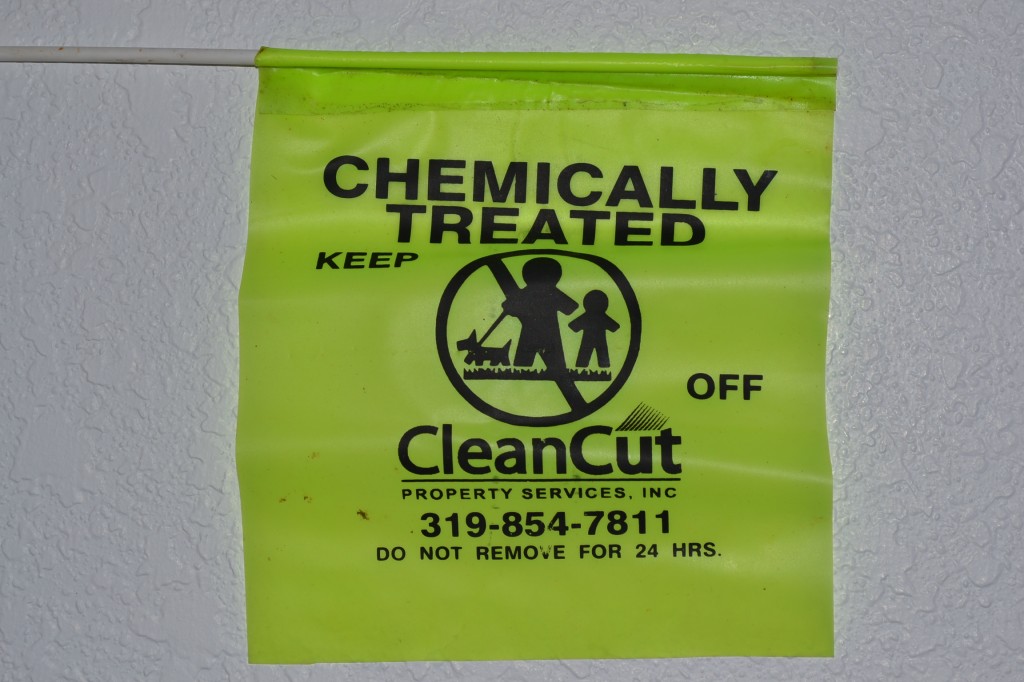It is important to minimize pesticide drift so that non-target plant are not affected. There are many things that can occur after a pesticide is applied. Reducing human error can save many headaches, time and money. A miss application is a pesticide treatment that reaches an unintended target plant. Drift carried by winds, can cause a miss application. When drift occurs, the pesticide that was applied volatizes and moves out of the intended target area. When the drifting pesticide is transferred to a non-target plant or object, it can be destructive. Drifting pesticides can be absorbed into the soil, plant vegetation or water sources.
Drifting can be caused in two different ways, airborne drifting or vapor drifting. Airborne drifting occurs at the time of the application when the pesticide droplets are moved out of the target area. Vapor drifting occurs when pesticides change from liquid to gas and move from the target area to a non-target area.
Minimize pesticide drift by the following.
- Read and follow the product label of the pesticide.
- Use the proper equipment for the right application. Make sure that your equipment is working properly to minimize pesticide drift.
- Smaller droplets mean a higher drift potential. Reduce pressure or increase the size of the pesticide droplets.
- Select the proper spray nozzles for the application.
- Do not spray pesticides if the wind speed exceeds the product label. Each pesticide has a product label that states what the appropriate wind speed should be. If you apply pesticides according to the label, you will minimize pesticide drift.
- Keep you nozzles and spraying equipment as close to the ground as effectively possible.
- Do not use pesticides to areas that are susceptible to damage. Do not spray pesticides up to non target areas. Leave yourself some room between the target plant and the non-target area to avoid drift potential.

